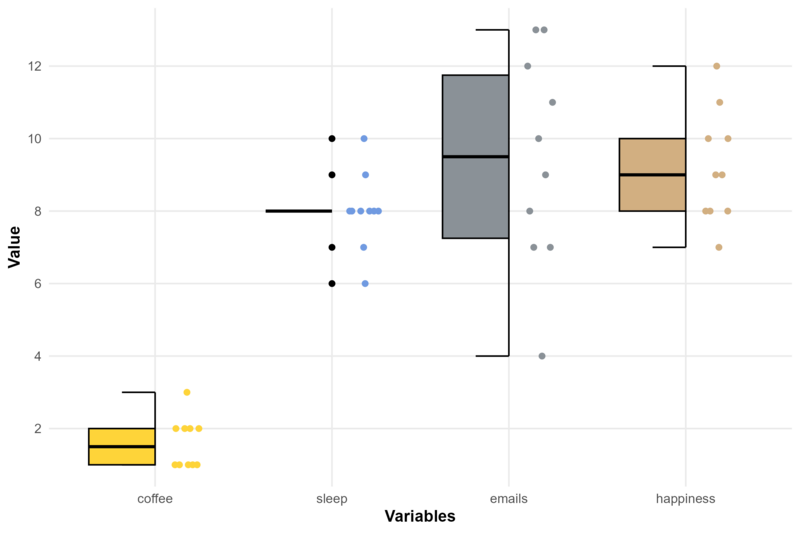Where the first workshop day had several talks about new and old features of the Chemistry Development Kit (CDK), the second day was a hackathon day. We hacked and we talked.
Messages de Rogue Scholar

What is a complex problem and what do we need to tackle it? Problems can be simple or complex. Simple problems have a clear first step, a known answer, and steps you can follow to get the answer. Complex problems do not have a single right answer. They have many possible answers or no answer at all. What makes complex problems really hard is that they can change over time. They have lots of different pieces that connect in unexpected ways.

Joachim Schöpfel, Niels-Oliver Walkowski and I are excited to announce the Open Divide Lecture Series (2025–2026), a year-long exploration of the challenges, contradictions, and evolving landscape of Open Access and scholarly publishing.
Librarians have ceded our control of collections and collection-building in the digital realm to a few commercial vendors. Among other things, this has professional ethical implications. We must host our own digital resources or be subject to censorship and extortion.

The DataCite metadata schema provides many options for describing relations between research objects. This talk, from the Winter 2025 ESIP meeting, describes how the most common relationTyprs are used, opportunities for more detail in DataCite metadata, and measures of repository connectivity with bright-spots.

A copyedited, annotated transcript of my interview with Martin Eve.

Anyone reading this newsletter has surely used the frontier models like ChatGPT, Claude, and Gemini. I’ve written a few posts about using local models but haven’t really talked much about the tools I use to directly interact with these models. Those previous posts interact with local models using tools like ellmer in R or my own biorecap package which interacts with a locally running Ollama server.

Sometimes, the most profound discoveries aren’t the ones we fear. They’re the ones that teach us to see the world in a way we never have before.
Cathrin Bengesser (Aarhus University) in conversation with Francesco Casetti (Yale University) This interview accompanies the translation of “From Paleo- to Neo-Television: A Semio-Pragmatic Approach” by Francesco Casetti and Roger Odin, which was originally published in French in 1990.

My days working at Knowledge Commons are highly varied. It’s great.

In my last post I showed how to do simple linear regression by hand. However, naturally, in most cases with statistics, you never have just one predictor variable, but rather multiple. As such, in this post, I will show how to do multiple linear regression by hand. Multiple linear regression is an extension of simple linear regression that allows for more than one predictor variable.